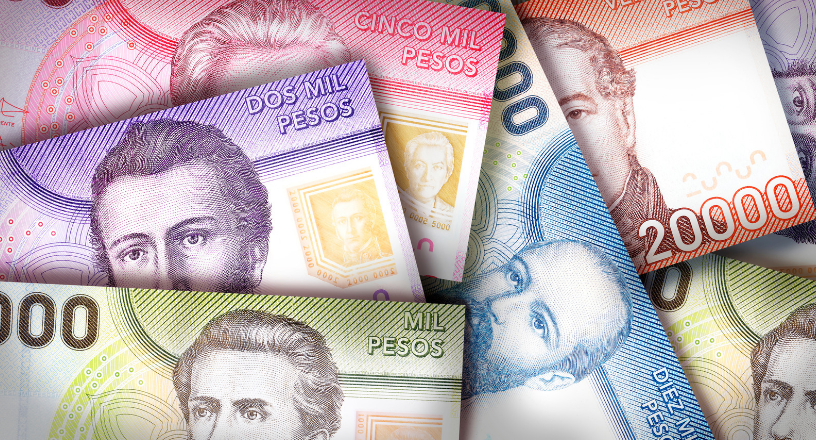
Re-evaluate pricing policies for 2022 and 2023, as depreciation is likely to drive further inflation
Firms should anticipate FX volatility to persist in the short term, but the CLP will eventually stabilize, particularly if the central bank’s FX interventions drive market confidence. Other key drivers to monitor include the constitutional process and the Boric administration’s proposed tax reform, which could contribute to the CLP selloff. Regardless, we anticipate a weaker-than-expected CLP during Q2, likely remaining around the 900 CLP: USD mark, which would bring our 2022 annual average up from 811 to 864. Depreciation is likely to drive further inflation; therefore, firms should re-evaluate pricing policies for 2022 and 2023.
Overview
The Chilean peso has depreciated by over 18% since April, and around 9% total YTD, hitting record levels above the 1,000 CLP: USD threshold several times in the past week. It is one of the most depreciated currencies in Latin America, after the Colombian peso, which has depreciated close to 16% since the end of Q1.
The recent fall in copper prices, which have declined by around 30% since early June, triggered the initial CLP slump, which has been worsened by the rising likelihood of a global recession driving risk-off sentiment and consequent USD appreciation.
Our View
While USD strengthening has weakened emerging-market currencies across the board, the CLP has depreciated more than other key Latin American currencies also impacted by these drivers, e.g., the Peruvian sol, which, despite similar reliance on copper prices than the CLP, has only depreciated by 5% since April. Therefore, domestic factors are worsening the CLP’s performance, namely high levels of political instability as the September 4 constitutional referendum approaches. An additional driver is Chile’s rising current account deficit, currently at 7.5% of GDP, which could worsen if government spending plans proceed without an accompanying fiscal adjustment. Moreover, inflation expectations are worsening, particularly as central bank interest rate hikes have done little to cool rising prices, which reached 12.5% in June. Prices are likely to face additional upward pressure as a weaker CLP drives further inflation. Still, Chile continues to hold robust international reserves, which have enabled the central bank to support the currency through an FX intervention of around US$ 25 billion between July and September 30.
At FrontierView, our mission is to help our clients grow and win in their most important markets. We are excited to share that FiscalNote, a leading technology provider of global policy and market intelligence has acquired FrontierView. We will continue to cover issues and topics driving growth in your business, while fully leveraging FiscalNote’s portfolio within the global risk, ESG, and geopolitical advisory product suite.
Subscribe to our weekly newsletter The Lens published by our Global Economics and Scenarios team which highlights high-impact developments and trends for business professionals. For full access to our offerings, start your free trial today and download our complimentary mobile app, available on iOS and Android.

